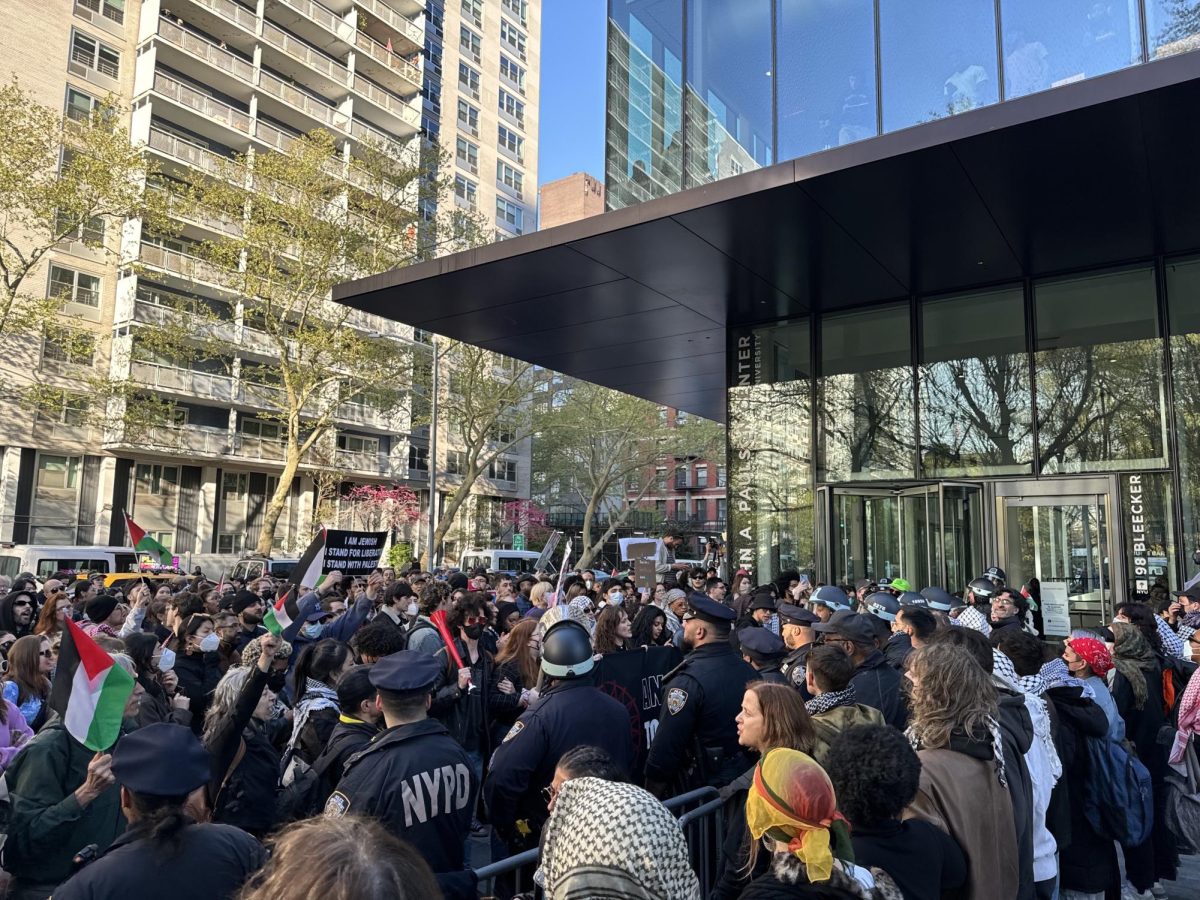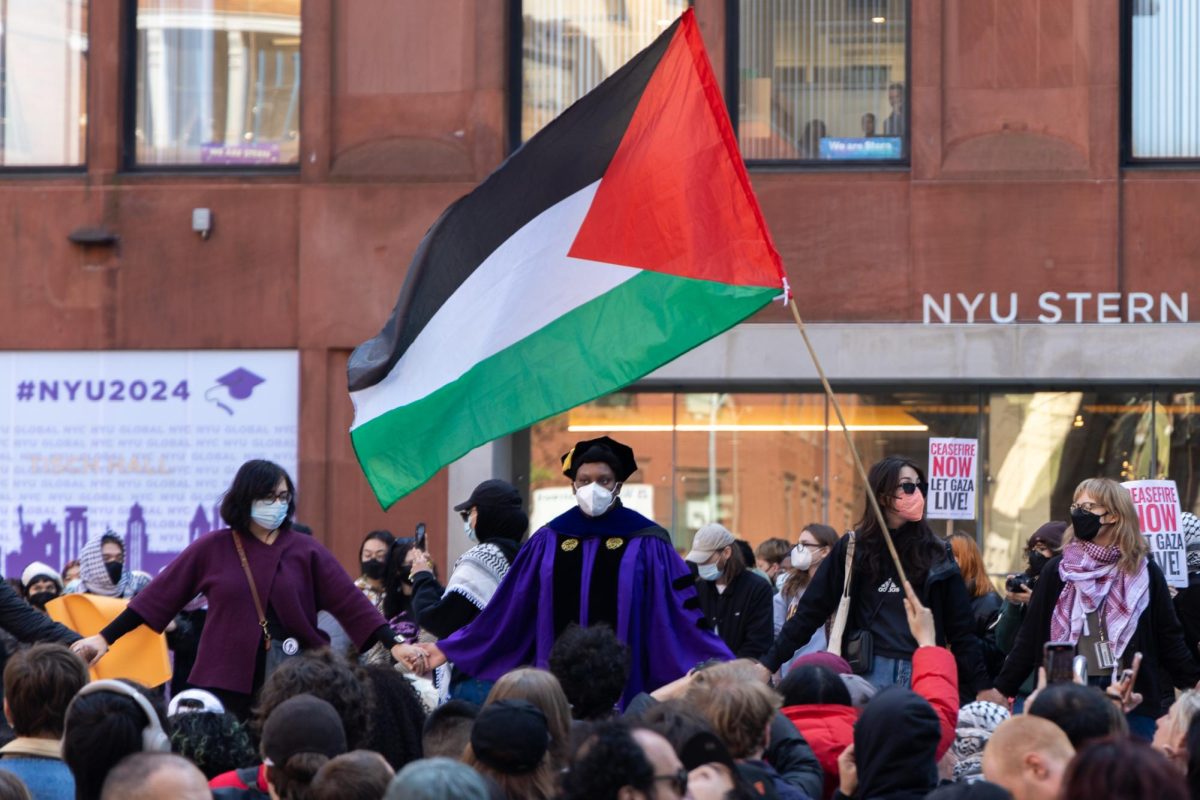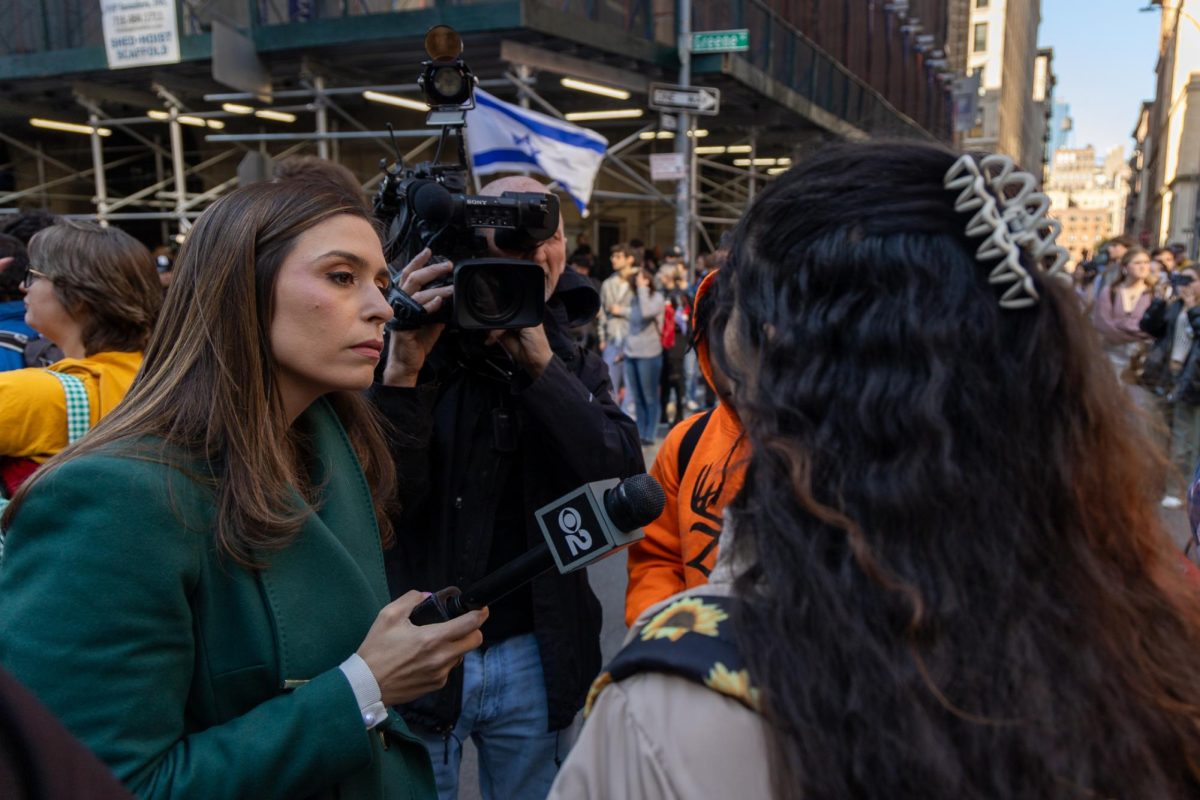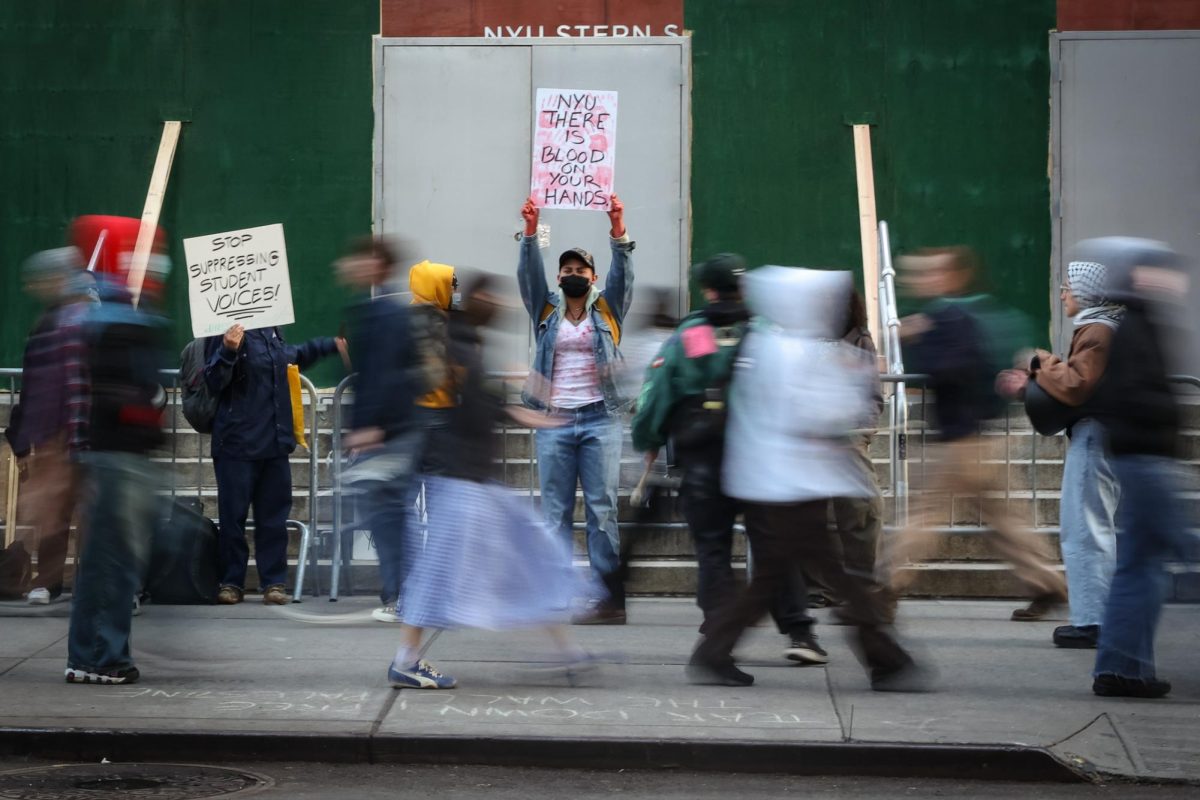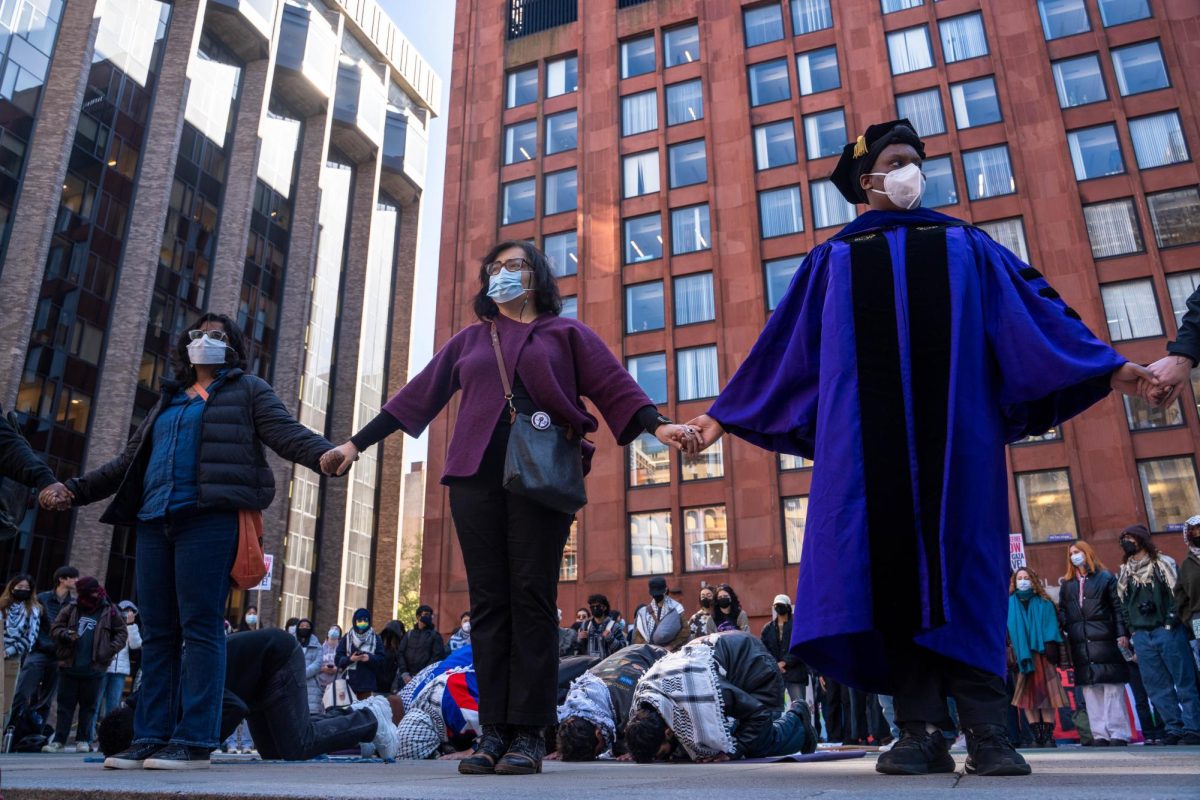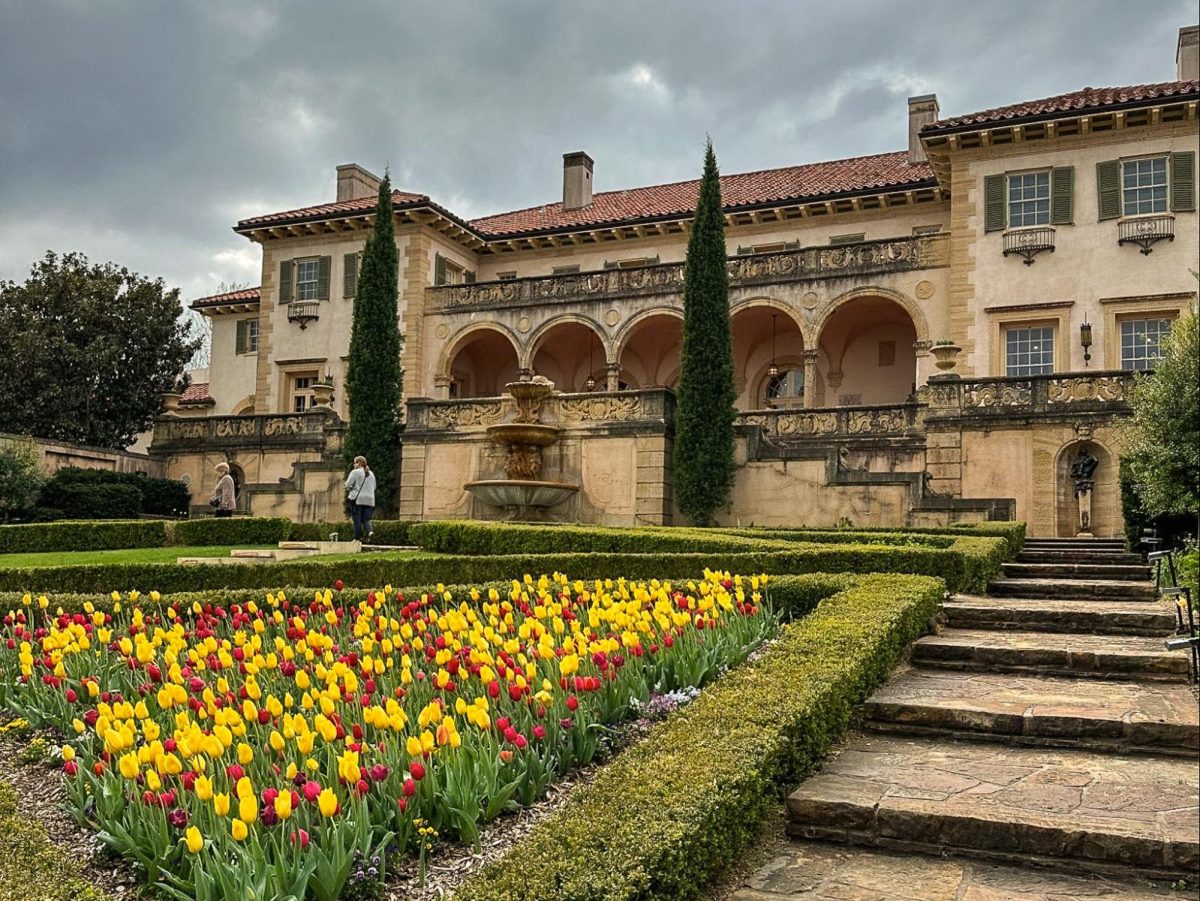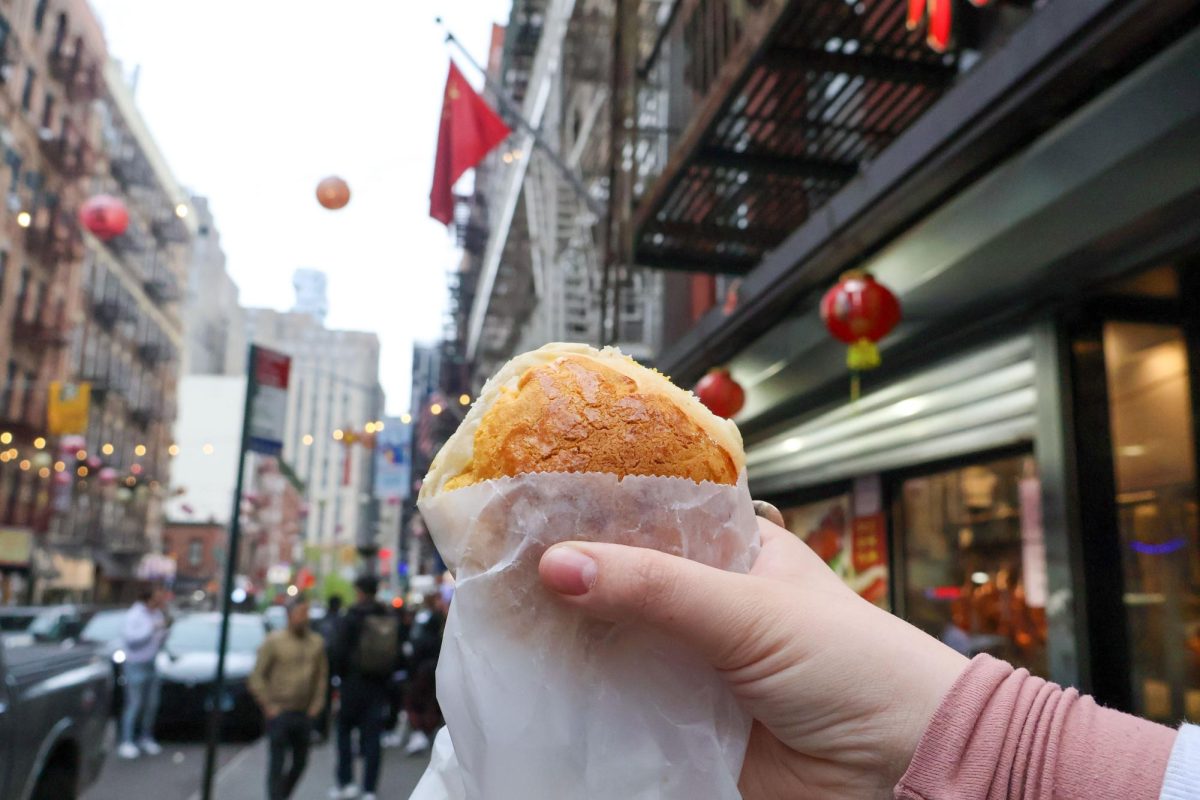As residents of New York, we take our water for granted. Students living in dorms and in certain apartments have an unlimited supply of water at no additional cost to the point where they might imagine an impossibly vast water supply directly under New York City.
In reality, the city relies on a fragile and antiquated system of tunnels that could render the city uninhabitable in an instant. Seldom do we conceptualize what would become of New York if its water supply system failed.
During the 19th century, problems with the water quality and the spread of disease made the public painfully aware of the need for a reliable water system. The major reservoirs located in Central Park and the New York Public Library Stephen A. Schwarzman Building at Bryant Park were directly exposed to the toxic urban environment. After a hundred years, our water supply infrastructure has gone underground just as public interest in water works has seemingly shifted to health reasons.
For the past hundred years, New York City has depended on Water Tunnel 1 and 2 to supply water to all five boroughs. City officials have never shut down these tunnels for inspections or repairs for fear that they will not be able to turn the system back on. In other words, these tunnels may have leaks and other serious complications that we do not know about.
Instead of advocating water conservation, the history of the city’s water system has been one of expansion. Only two weeks ago, Mayor Michael Bloomberg participated in the opening ceremony of Water Tunnel 3, which serves as an alternative way to bring water from the Hillview Reservoir in Yonkers. The construction of this tunnel has occurred outside of the public eye for the past 40 years and will not connect all boroughs until 2021. Even then, the system relies on two aqueducts as old as the first two water tunnels, which brings water from the Catskill Mountains.
City officials should ensure public awareness of the work needed to maintain New York’s water supply. They should also shift their attention to water conversation as a way to prepare New Yorkers for droughts or possible failures of the system. The absence of calls to conserve water or suggestions for improving the supply system points to a larger disinterest in environmental issues. The recent New York City mayoral debates have focused on crime and affordable housing, certainly the issues that most preoccupy the public. Nevertheless, it should not take another Hurricane Sandy for the public to realize that environmental issues can have the deepest, direct and long-term effect on urban life.

